It’s time to appreciate some of the most admired anatomical features in nature: antlers. Antlers are extensions of the skull grown by members of the deer family. Unlike horns, antlers are shed and regrown each year and can represent a huge energetic investment for their owners. Let’s take a look at several of the amazing antlers here at The Field Museum.
Caribou
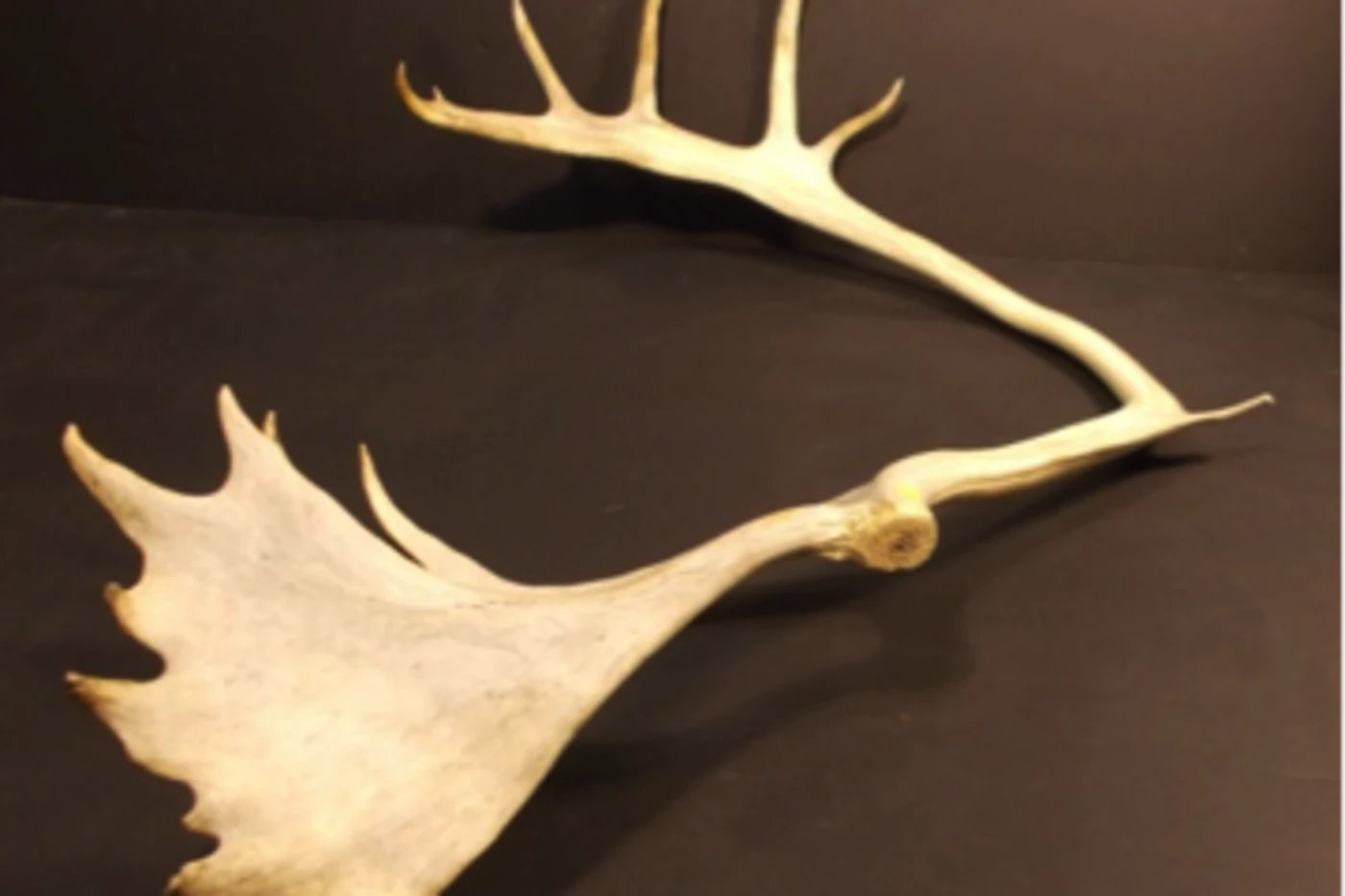 Caribou (also known as reindeer) use their antlers to scrape away snow and soil to find food, as well as to defend themselves. Both male and female caribou have antlers, making them the only deer species in which females have antlers! Large antlers have lots of surface area to allow for body temperature regulation while they are growing, and their impressive design can both show status and attract mates. Since caribou are well-adapted for cold, snowy weather, you’ll find them living in places like northern North America, Russia, and Scandinavia.
Caribou (also known as reindeer) use their antlers to scrape away snow and soil to find food, as well as to defend themselves. Both male and female caribou have antlers, making them the only deer species in which females have antlers! Large antlers have lots of surface area to allow for body temperature regulation while they are growing, and their impressive design can both show status and attract mates. Since caribou are well-adapted for cold, snowy weather, you’ll find them living in places like northern North America, Russia, and Scandinavia.
Moose
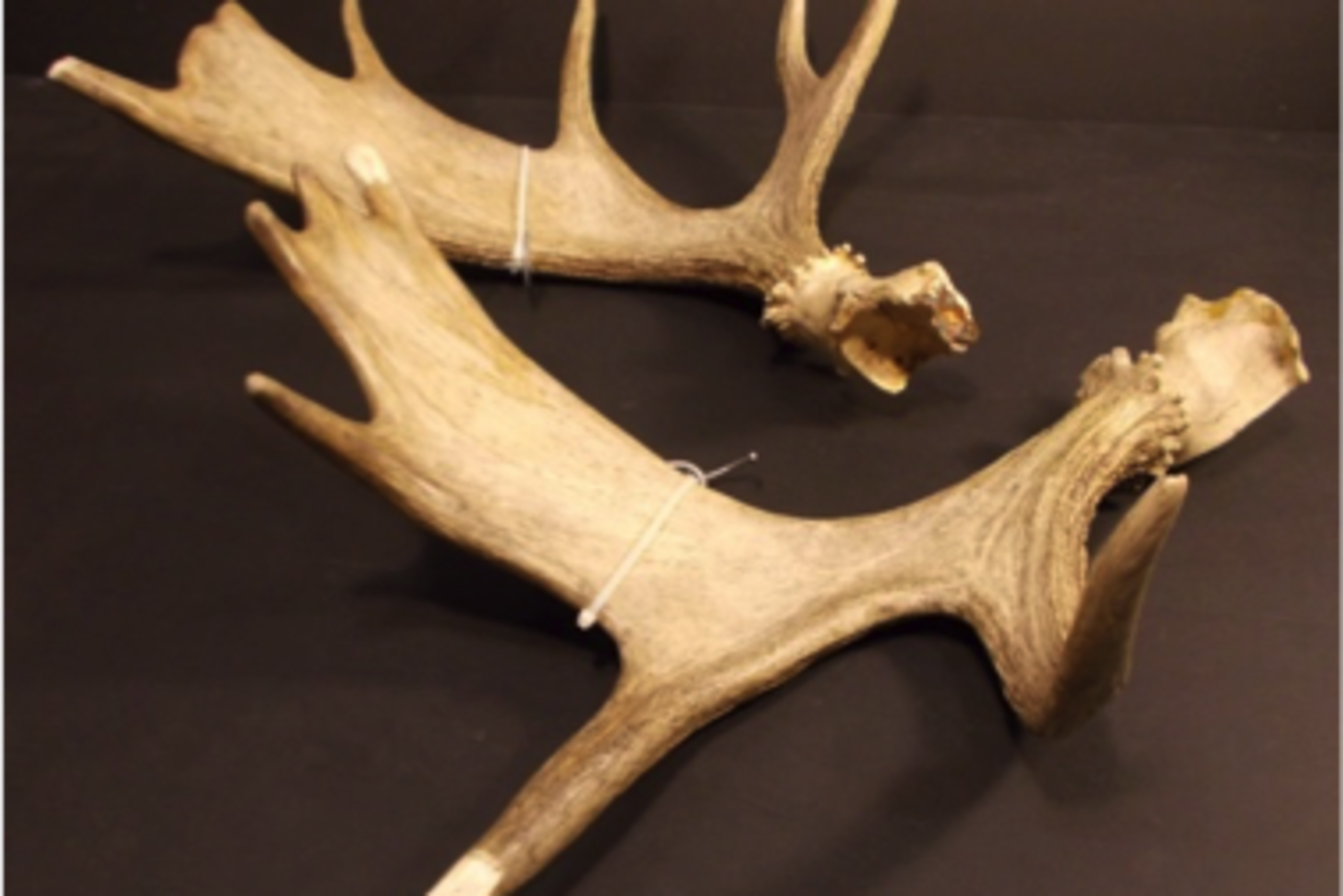 Moose and their massive antlers are native to nearly all northern forest zones (Europe, North America, Siberia, Baltic States, and parts of Asia). These antlers can grow to be really big—moose antlers can have a six-foot spread! Their impressive size can attract mates, as well as warn other bulls (males) to stay away. Their extremely long legs are helpful in such snowy regions, but these environments are changing with global warming.
Moose and their massive antlers are native to nearly all northern forest zones (Europe, North America, Siberia, Baltic States, and parts of Asia). These antlers can grow to be really big—moose antlers can have a six-foot spread! Their impressive size can attract mates, as well as warn other bulls (males) to stay away. Their extremely long legs are helpful in such snowy regions, but these environments are changing with global warming.
Elk
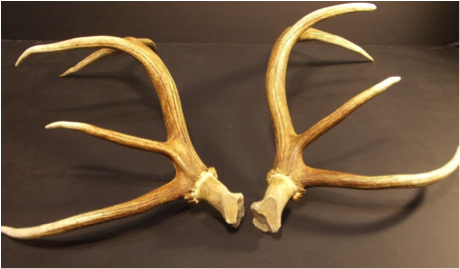
Elk were once seen all over North America, but now these animals are mainly found in heavily wooded areas of the American West. Developing antlers have blood vessels underneath a velvety skin, which can help to regulate an animal's body temperature. Large antlers might also attract mates and intimidate rivals because healthier elk will have larger sets. Bull (male) elk use their antlers to fight each other for mates and territory.
White-tailed Deer
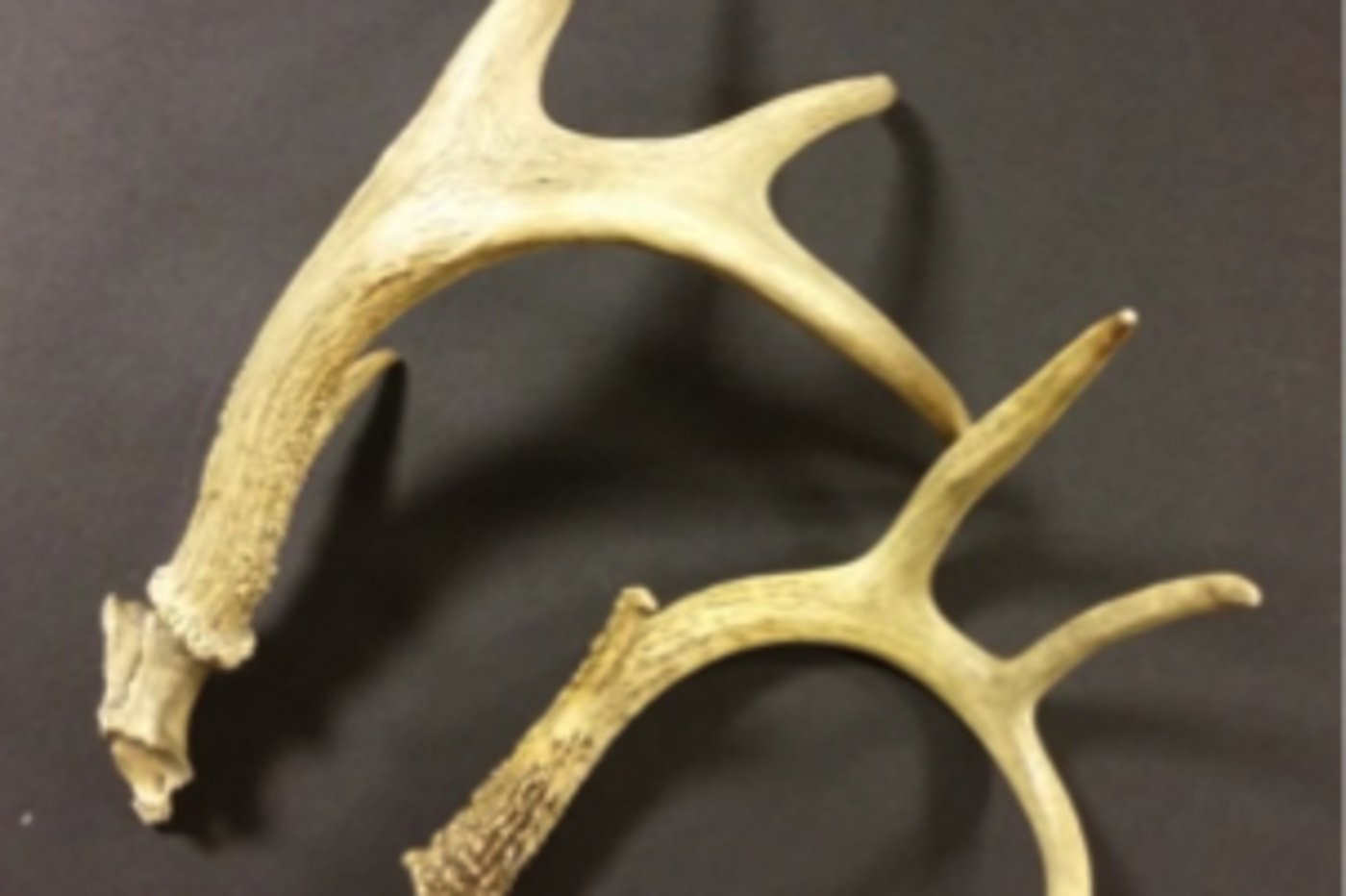 White-tailed deer are by far the most widespread ungulate (hoofed animal) in the Americas; you can spot them from Canada all the way down to parts of northern South America. Unlike elk, whitetails do not gather and protect “harems,” or large groups of females. The males face off one-on-one during the rut or mating season. There have been cases of fighting males getting their antlers entangled and eventually dying, unable to feed. “Deer season” (for hunters) begins after the rut.
White-tailed deer are by far the most widespread ungulate (hoofed animal) in the Americas; you can spot them from Canada all the way down to parts of northern South America. Unlike elk, whitetails do not gather and protect “harems,” or large groups of females. The males face off one-on-one during the rut or mating season. There have been cases of fighting males getting their antlers entangled and eventually dying, unable to feed. “Deer season” (for hunters) begins after the rut.
Mule Deer
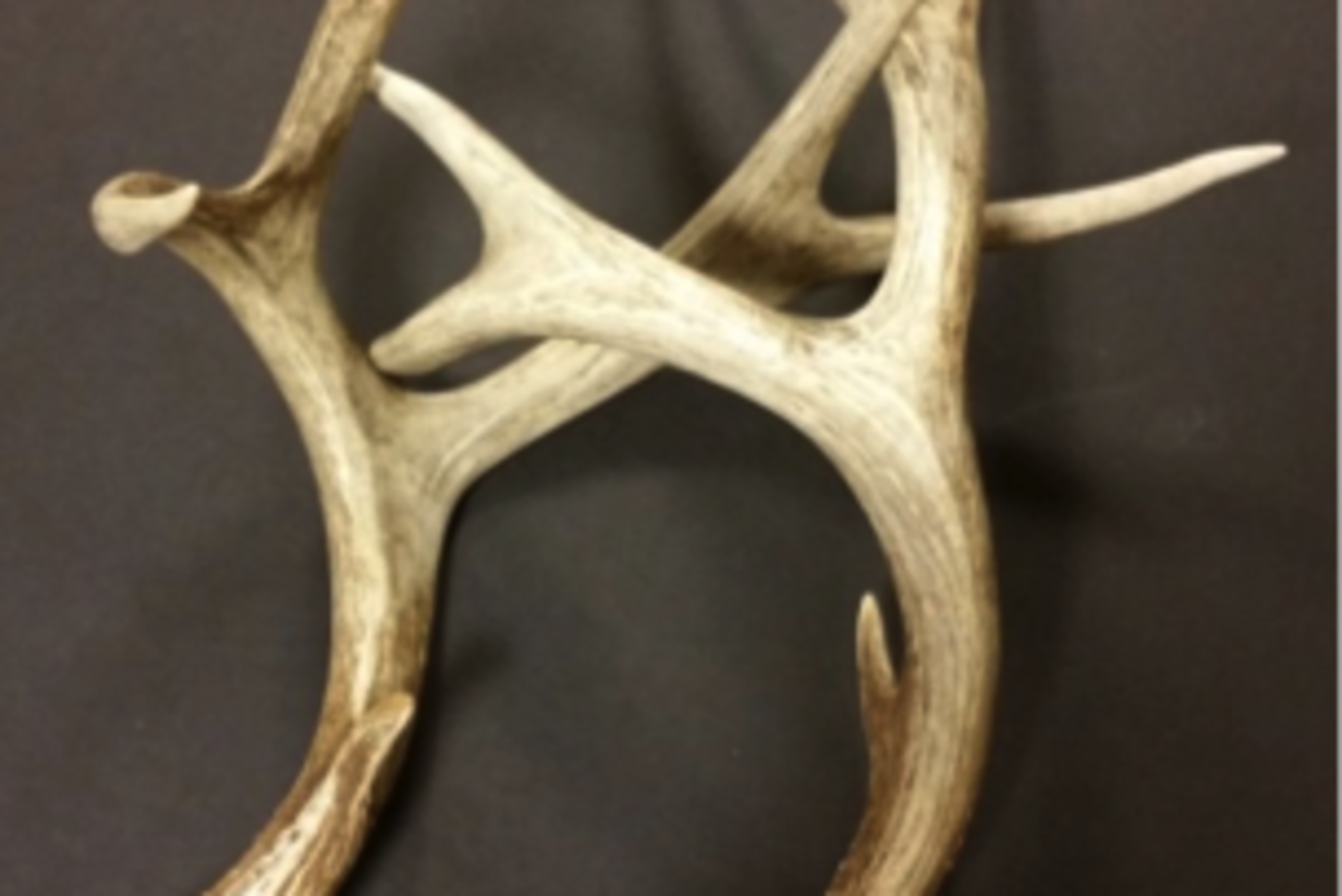
These antlers have a unique forked shape. Mule deer, named for their large ears, are found in North America west of the Mississippi River and especially in the Rocky Mountains. Mule deer use their antlers to compete with each other for mates and territory. A deer's developing antlers have blood vessels underneath a velvety skin, which can help regulate body temperature.
We should also remember that antlers fill an ecological role, so their usefulness extends beyond the deer. Once they are shed, they become an important source of calcium and other minerals to a variety of small animals, especially rodents (like squirrels, mice, and porcupines!). It is not unusual to find shed antlers with teeth marks on them.
In the Museum, you can see many of these antlers in the Messages From the Wilderness and Animal Biology exhibitions. You can also speak with our Discovery Squad and Science Hub staff and volunteers to learn more during your next visit.